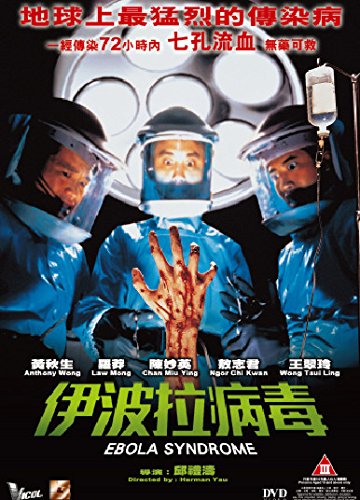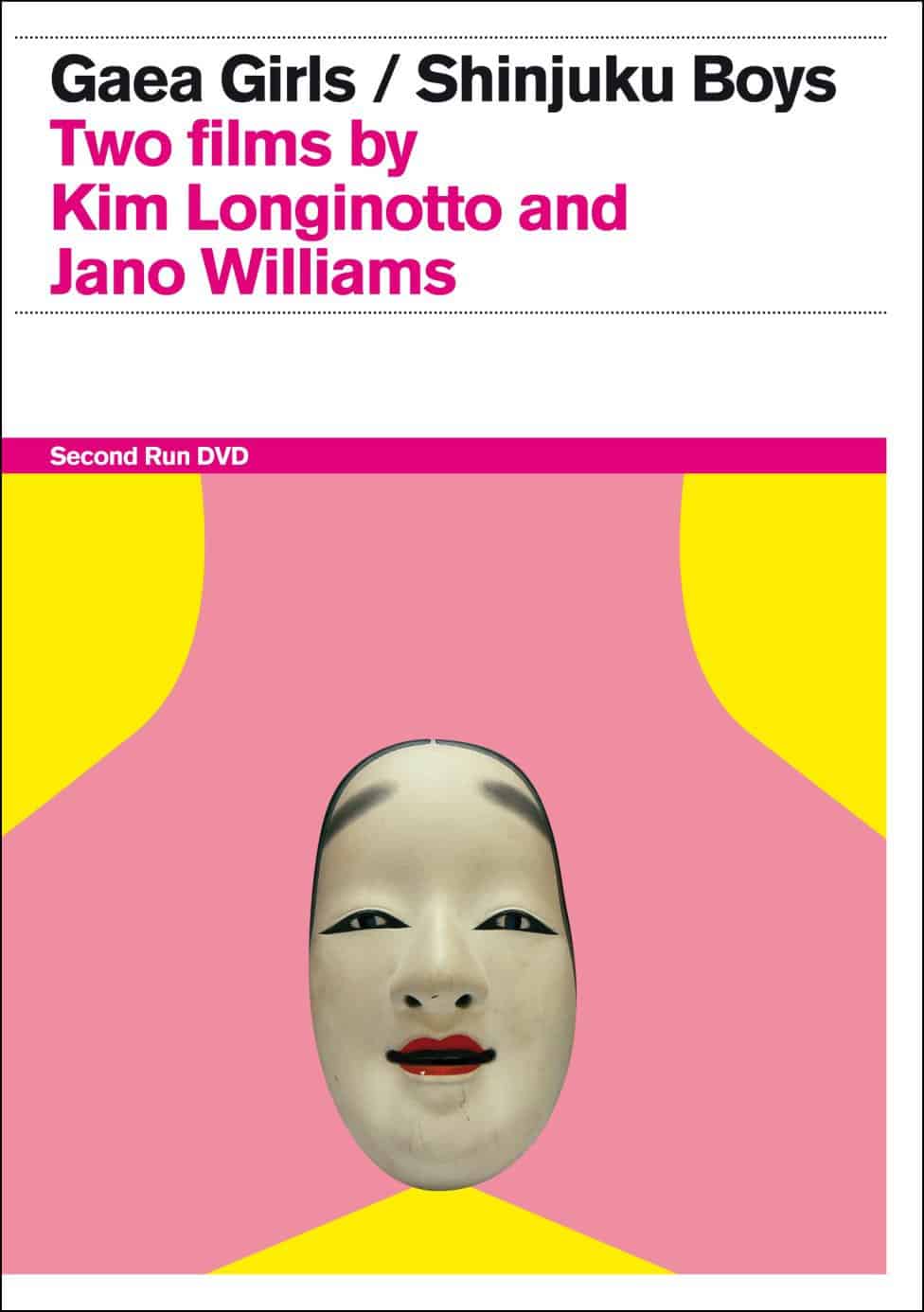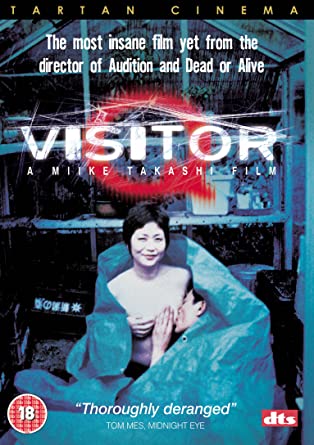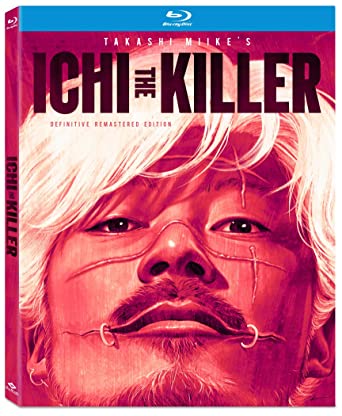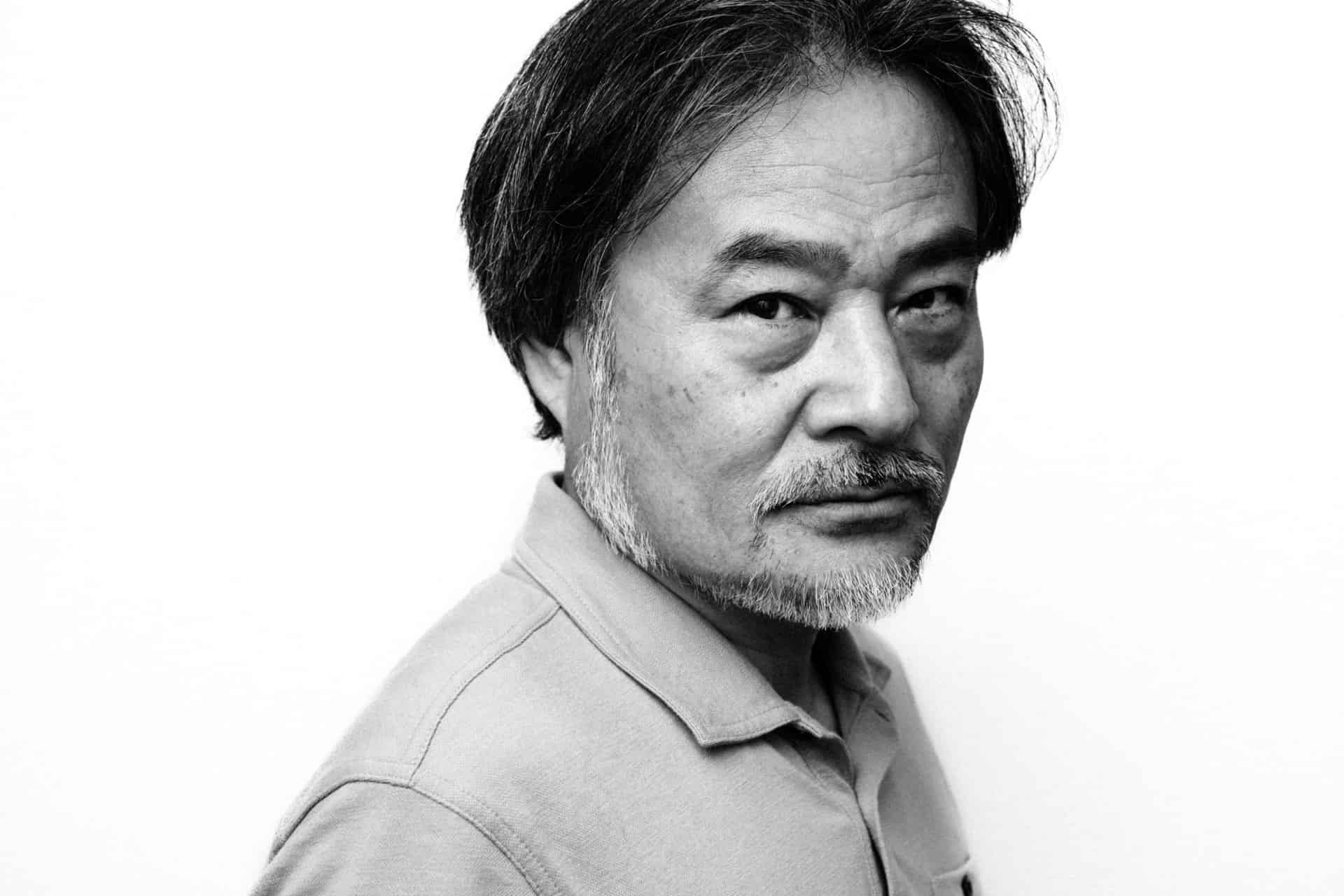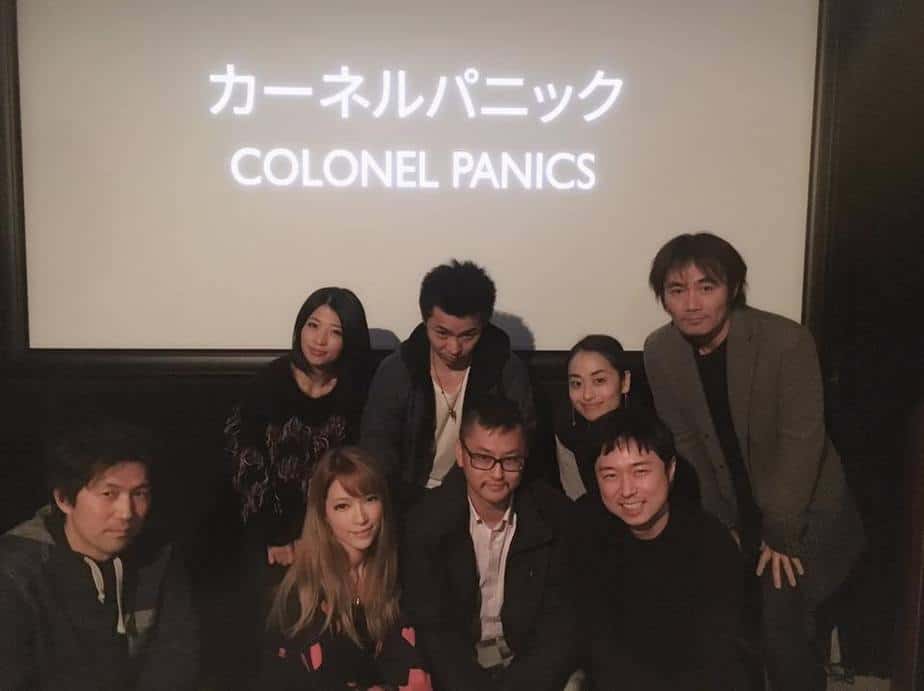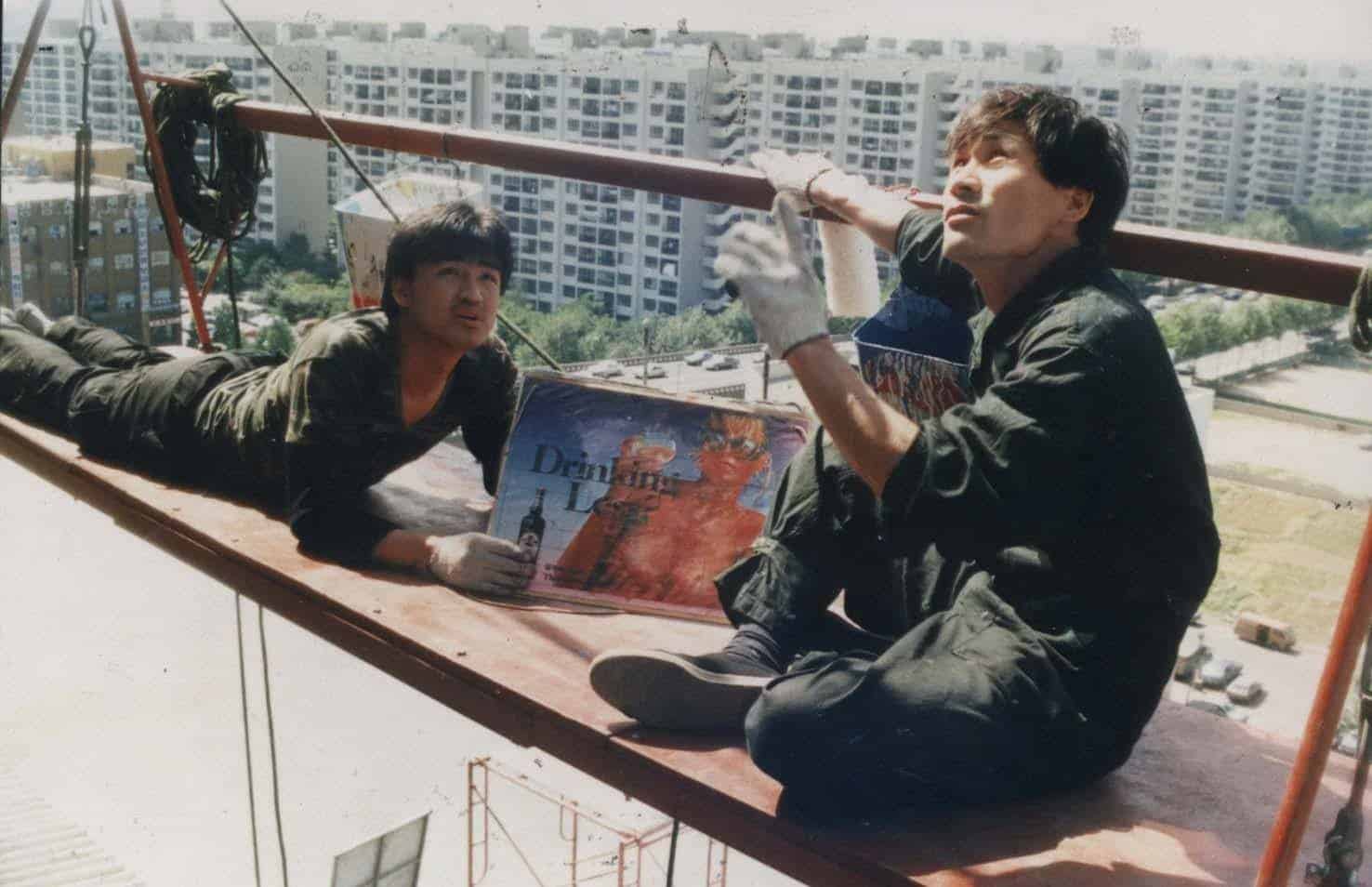11. The Untold Story (Herman Yau, 1993, Hong Kong)
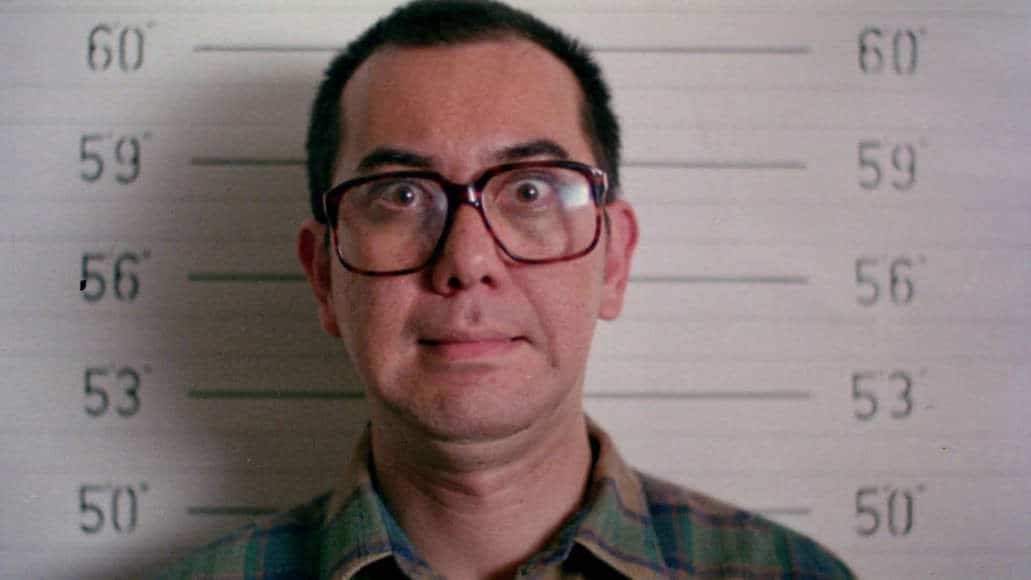
Director Herman Yau's “The Untold Story” is outrageous, disgusting, vile, gruesome, demented and repulsive at times, but a lot of that is due to the fact that the real-life events and person that it is based on are all of that, and more. Yau, no stranger to Cat III filmmaking, presents these most horrifying real-life events in the most unflinching manner, his camera rarely shying away from the gruesome details of the crimes of Wong Chi-hang, demanding a strong stomach from its viewers and fully earning the Cat III classification.
Buy This Title
on Amazon by clicking on the image below
12. Tokyo Fist (Shinya Tsuakamoto, 1995, Japan)
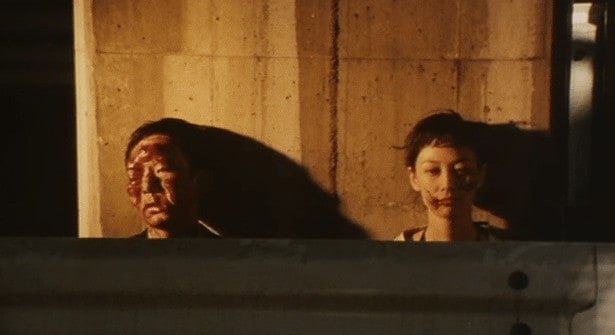
In the end, “Tokyo Fist” is a film about the physical form, its limits and possibilities. Given the context of our society's obsession with perfection and the physical form, it is a darkly funny, but also quite disturbing movie to watch as well as an almost logical consequence of the themes laid out in the second “Tetsuo”-film. (Rouven Lin)
Buy This Title
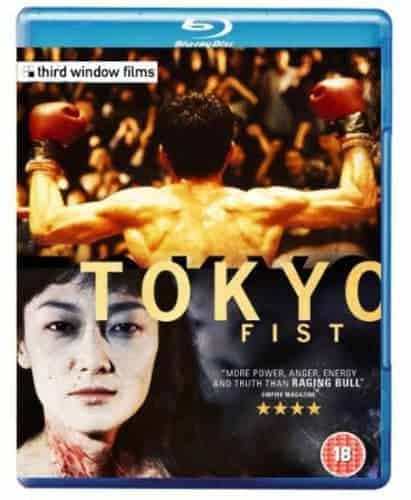
13. Ebola Syndrome (Herman Yau, 1996, Hong Kong)

“Ebola Syndrome” feels very much like Herman Yau and Anthony Wong getting together to recreate the magic of their award-winning previous collaboration, with a story that follows a suspiciously similar route to that of “The Untold Story”. Only this time, they push the boundaries of the acceptable as far as they can take it. Right from the murders in the first few minutes and the explicit frog dicing scene shortly after, the production fully earns its Cat III within the first ten minutes of its runtime itself. (Rhythm Zaveri)
Buy This Title
on Amazon by clicking on the image below
14. Gaea Girls (Kim Longinotto, Jano Williams, 2000, UK/Japan)
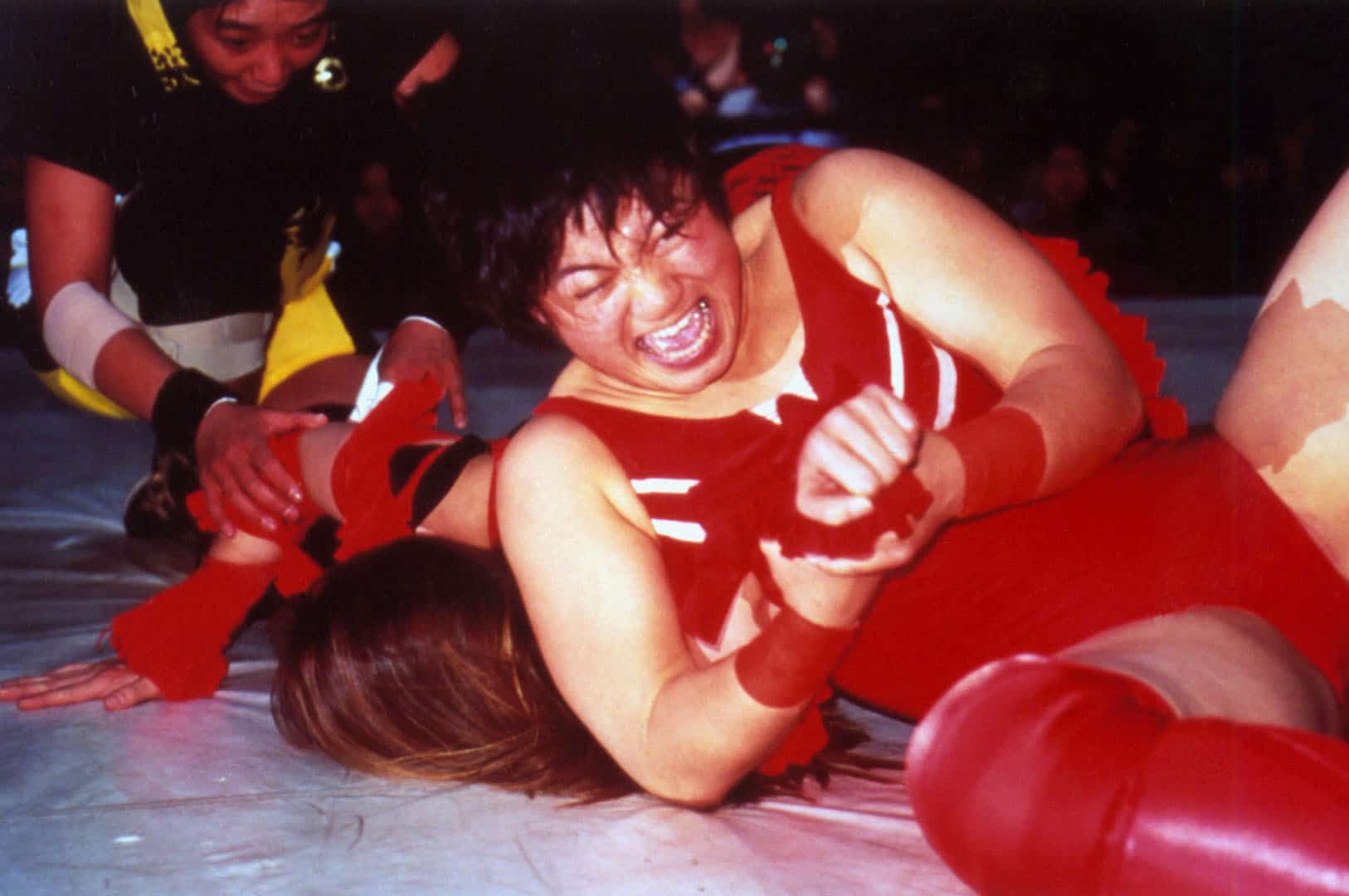
Professional wrestling has a reputation of being a tad melodramatic, thanks to the glitzy showmanship behind the USA's WWE. Kim Longinotto and Jano Williams' unflinching documentary “Gaea Girls” is a sobering reality check for anyone who thinks the sport doesn't require a tremendous amount of blood, sweat and tears to reach the top. Following a diverse group of young women in Japan's Gaea training camp in the late 1990s, the film is a startling snapshot of a sub-culture built on aggression and determination. The trials and tribulations shown in excruciating detail on-screen are not unlike that of an army bootcamp, with the sequences of wrestling training being no less than a relentless survival-of-the-fittest purgatory for the weaker members of the group. It's a hard watch, and when our movie-watching brains are hardwired to root for the underdog, reality bites and the film becomes a serious dog-eat-underdog torture fest as the wannabe champs are mercilessly pummeled into submission by their rivals. There's no catharsis here: just a complete, clear-eyed vision of what it takes to be the best. (Simon Ramshaw)
15. Versus (Ryuhei Kitamura, 2000, Japan)
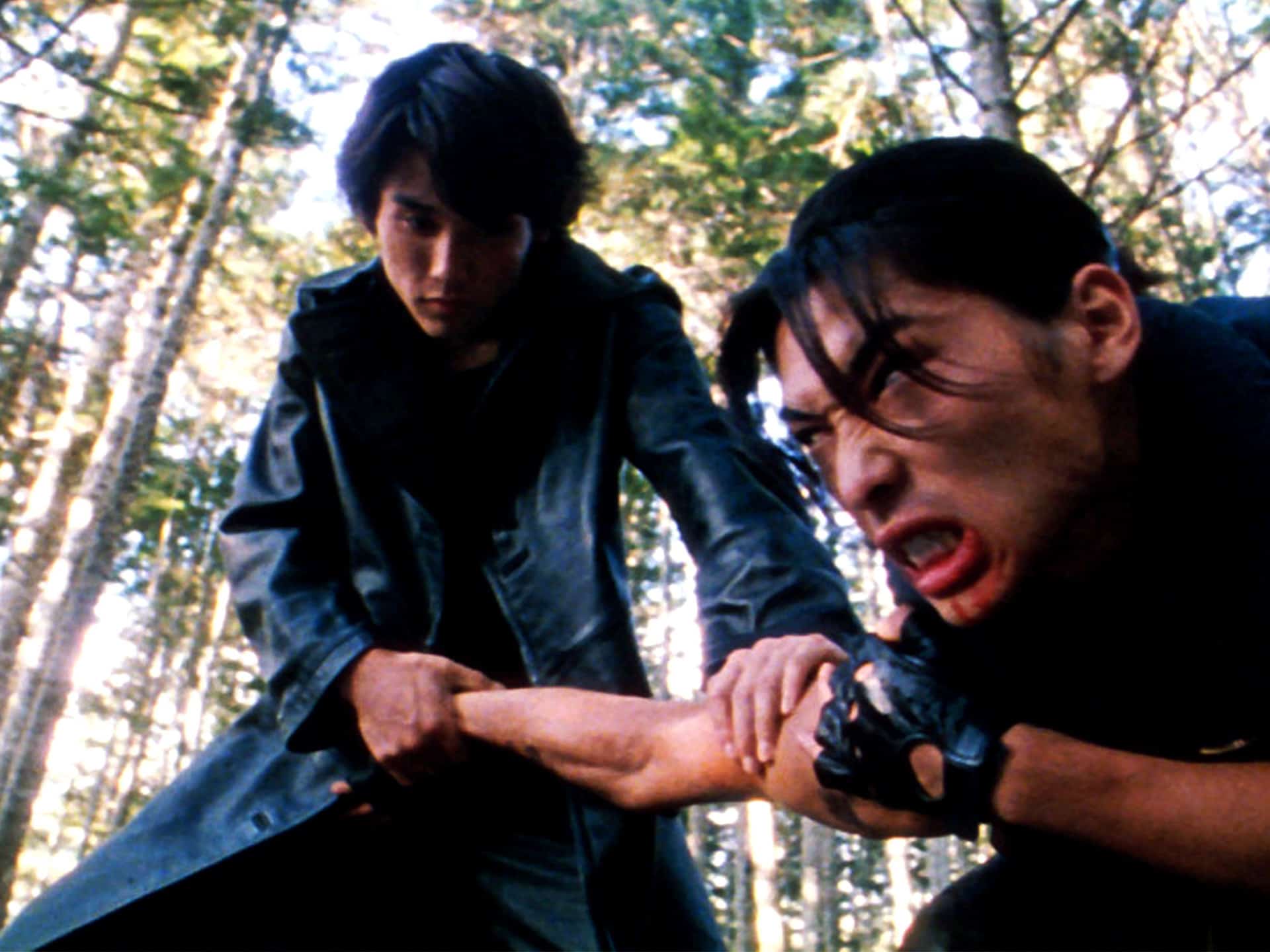
A cult hit on initial release, “Versus” is a blood soaked horror/action indie film from Japan that introduced many westerns to Japanese film in its familiarity to western tropes of over-the -op action, gore and machismo reminiscent of the works of Peter Jackson or Sam Raimi. Decades later, none of these elements have lost their appeal as they still speak to a bygone era romanticized by fans of genre film. (Adam Symchuk)
Buy This Title
16. Visitor Q (Takashi Miike, 2001, Japan)
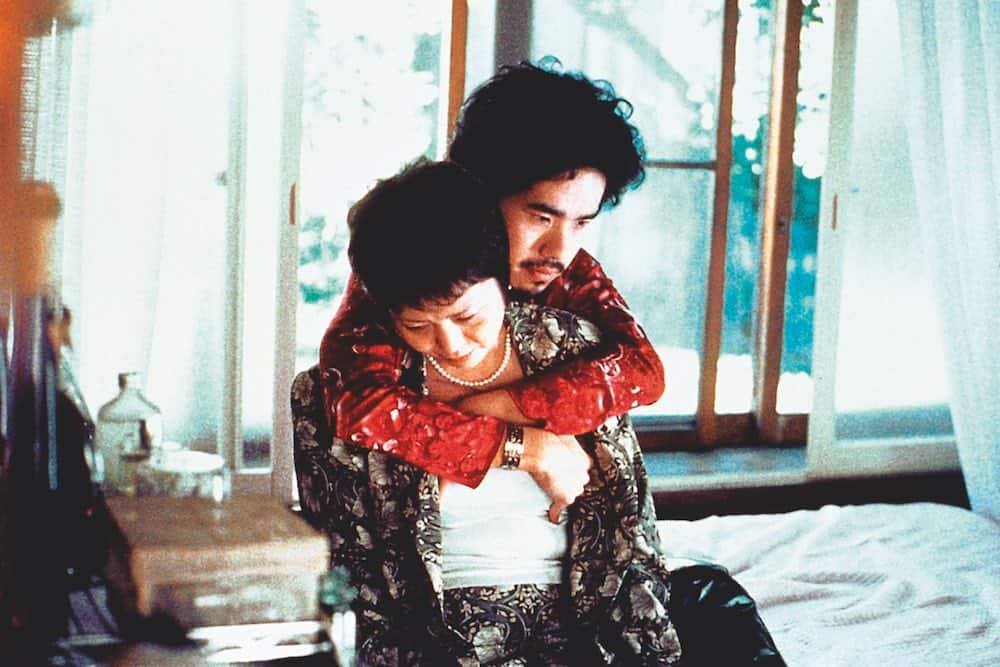
Miike incorporates in “Visitor Q” the aesthetics of a reality show, thus resulting in a film that resembles an experiment of what would happen if he were to direct a sitcom. He presents an inordinately problematic family, whose members still appear to function in an orderly fashion, where each one plays a role, without ever questioning the obvious pervasiveness of each other. (Panos Kotzathanasis)
17. Ichi the Killer (Takashi Miike, 2001, Japan)
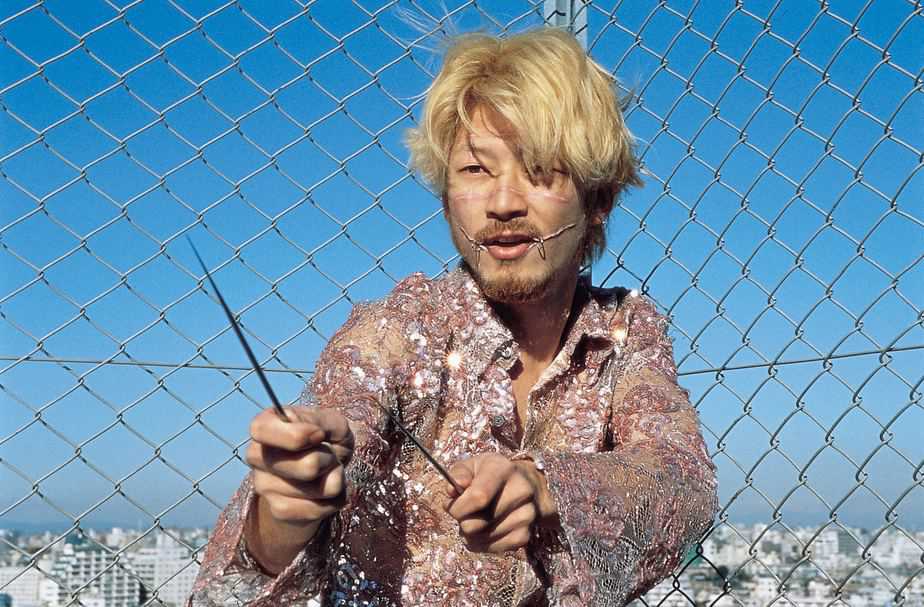
Takashi Miike has largely based his filmography on the exploration of humans' darkest instincts and the graphic depiction of violence resulting from them. “Ichi the Killer” is a characteristic sample of this tendency and one of the most violent films ever shot. As the story revolves around a psychotic, extremely brutal killer and a sadomasochistic Yakuza underboss, Miike presents a movie where good, as a concept, is absent and every character seems to be paranoid. His aim is evident from the beginning of the movie; as violence is not simply a factor, it is the sole and ultimate goal. (Panos Kotzathanasis)
Buy This Title
18. Izo (Takashi Miike, 2004, Japan)
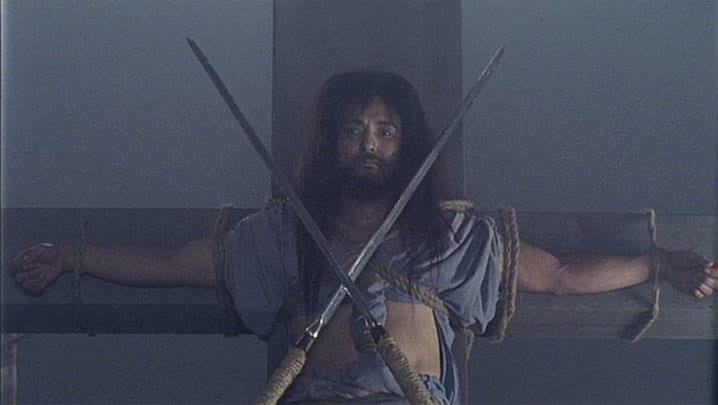
Coming back to the notion of violence and destruction as defining forces, “Izo”‘s structure as well as the transformation of the character follows the principle of numbing the viewer until he/she arrives at the same conclusion as Izo's various opponents and other people he encounters. The repetitive nature of the fight scenes, whose point has been erased with the fact Izo is unable to die, is stressed by Miike's almost improvised-looking way of shooting these scenes and choreographing them, a concept he would bring to perfection in later films like “13 Assassins” and “Blade of the Immortal”. (Rouven Lin)
Buy This Title
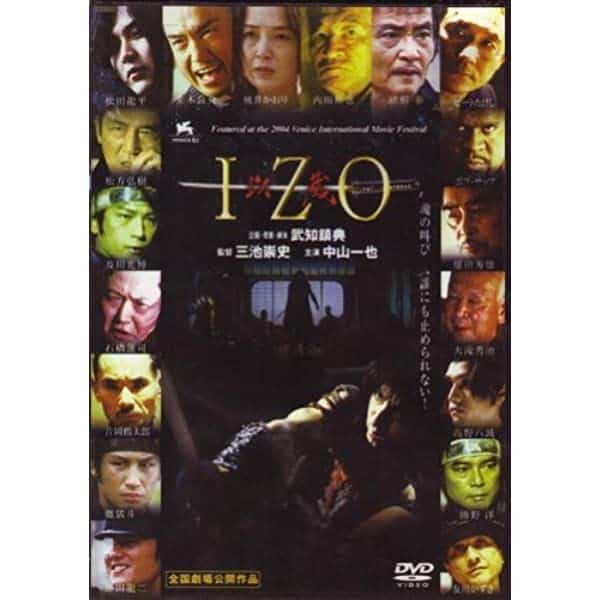
19. Late Bloomer (Go Shibata, 2004, Japan)
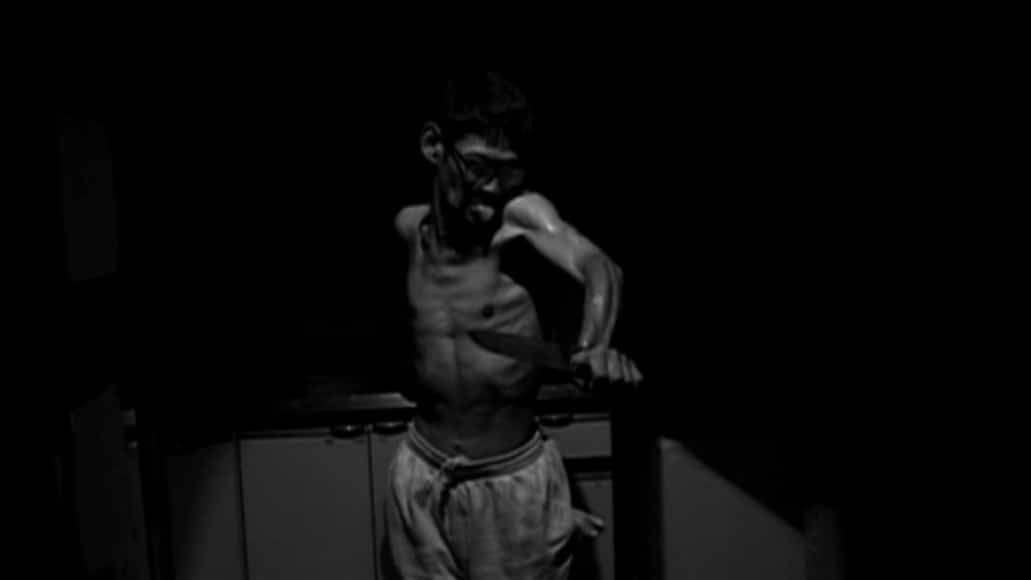
Go Shibata presents a film concerning inability that keeps its distance from the common triumph stories typically shot regarding this topic. Instead, “Late Bloomer” focuses on the violent ascent of the protagonist to a world where anybody is an enemy worth killing.
Buy This Title
on Amazon by clicking on the image below
20. Strange Circus (Sion Sono, 2005, Japan)

Sono drowns his film in blood-red color, presenting a plethora of utmost sick characters, each one perverse in his own way. Through surrealism, he weaves an intricate story that lurks among the violence and extremity, with heaps of turnarounds and an utterly unexpected finale.
Buy This Title




